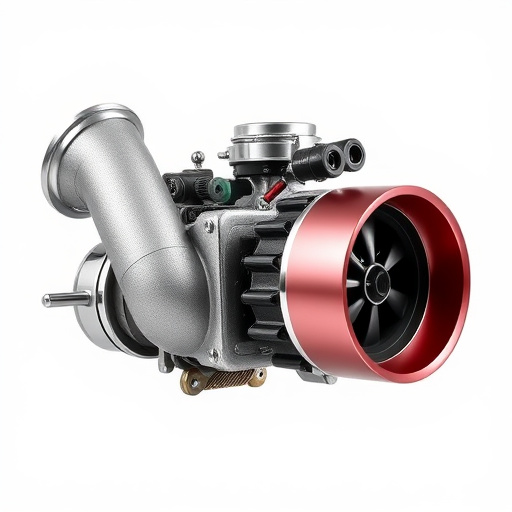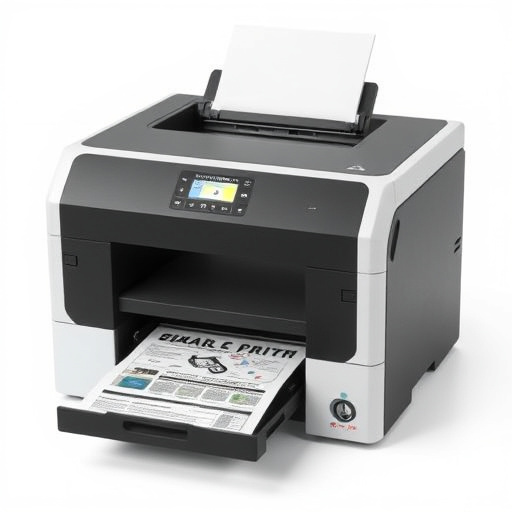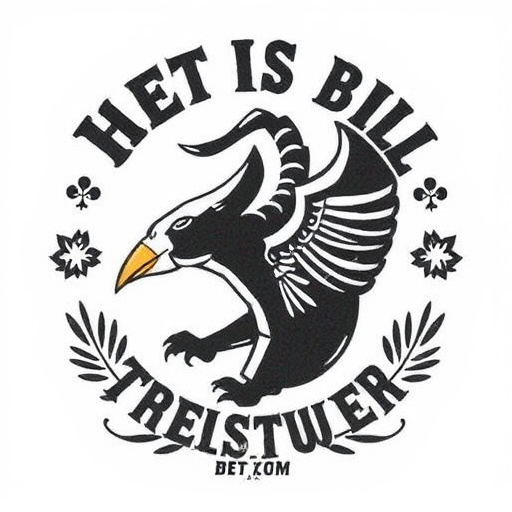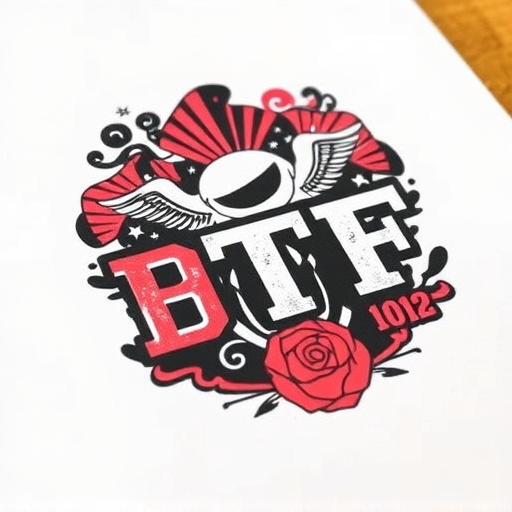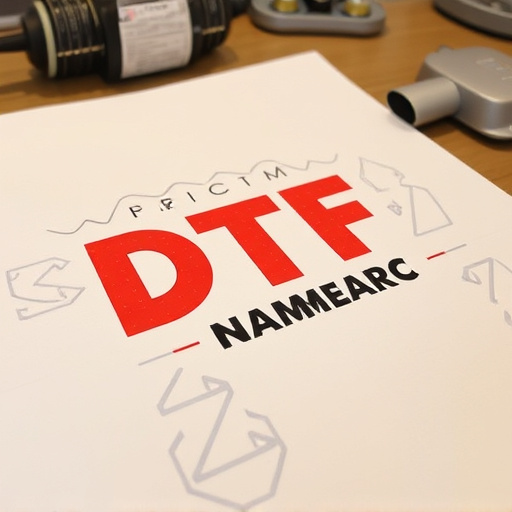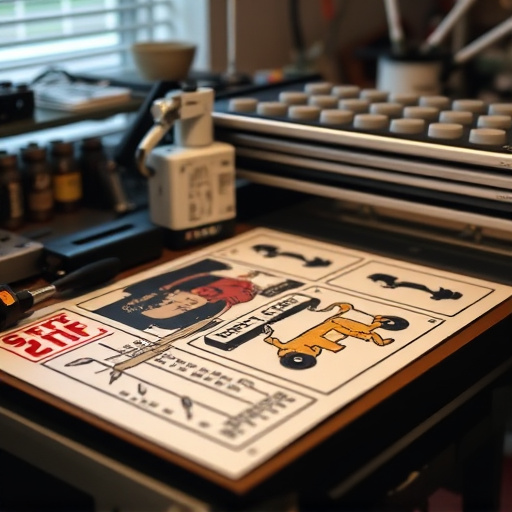The DTF Transfers Printer is a cutting-edge tool for businesses creating custom graphics on textiles, especially tees. It uses a direct printing process with DTF heat transfer paper and intuitive controls, allowing staff to produce intricate designs quickly. Effective training involves demonstrating printer functions, teaching best practices, and providing hands-on exercises. The goal is to foster proficiency in preparing digital files, printing accurately, and maintaining the direct to film printer for high-quality results.
Training staff on using a DTF Transfers Printer is essential for streamlining production processes. This comprehensive guide provides a step-by-step approach to ensure effective knowledge transfer. We’ll walk through understanding the printer’s functionalities, from basic components to advanced features, offering practical tips for a successful training session. Additionally, we’ll highlight best practices and common pitfalls to avoid, enabling you to maximize staff proficiency with this technology.
- Understanding the DTF Transfers Printer: A Comprehensive Overview
- Step-by-Step Guide to Efficient Training Session
- Best Practices and Common Pitfalls to Avoid During Training
Understanding the DTF Transfers Printer: A Comprehensive Overview
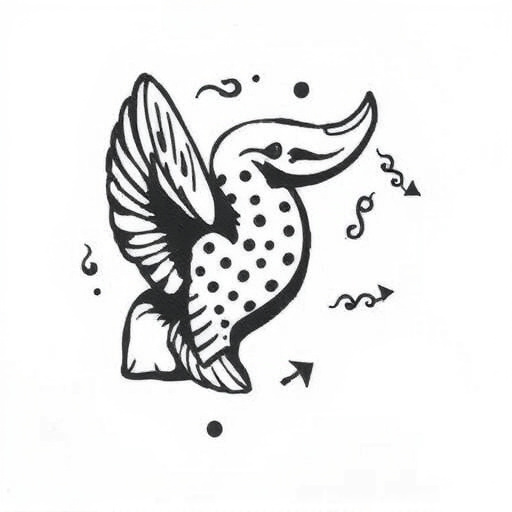
The DTF Transfers Printer is a cutting-edge technology designed specifically for producing high-quality custom graphics on various materials, most commonly used for Custom graphic tees and other textile products. This direct to film printer revolutionizes the way businesses create personalized designs, offering speed, precision, and versatility. Understanding its functionalities is key to efficient staff training.
This state-of-the-art machine utilizes a direct printing method, where the design is transferred directly from digital files onto the material’s surface using specialized ink. Unlike traditional methods, DTF for t-shirts and other applications does not require pre-cut vinyl or physical templates, streamlining the production process. The printer’s precision and accuracy ensure that every detail of the graphic is reproduced flawlessly, making it ideal for creating intricate and detailed designs. Staff training should focus on navigating this technology’s intuitive controls to access its full potential, enabling them to produce DTF for Custom graphic tees with ease and speed.
Step-by-Step Guide to Efficient Training Session

A well-structured training session is key to ensuring your staff masters the art of using a DTF Transfers Printer efficiently. Here’s a step-by-step guide for an effective learning experience: Begin by familiarizing your team with the printer’s intuitive interface, highlighting its user-friendly features. Demonstrate the loading process of DTF heat transfer paper, explaining different roll sizes and their applications. Next, walk them through the design software, showcasing how to import custom artwork and adjust settings for optimal print quality.
Practical exercises are paramount. Assign tasks where employees create and print simple designs, then gradually increase complexity. Emphasize the importance of precision when aligning patterns and cutting lines. Encourage questions throughout the process, ensuring every staff member understands each step, from preparing digital files to handling finished direct to film printer outputs. This hands-on approach will empower your team to become proficient in no time, unlocking their potential to produce high-quality transfers with ease.
Best Practices and Common Pitfalls to Avoid During Training

When training staff on using a DTF Transfers Printer, adherence to best practices is paramount. Firstly, ensure that each participant has a clear understanding of the printer’s functions and safety features before beginning. This includes demonstrating proper setup, calibration, and maintenance routines, which are crucial for consistent print quality. Encourage open communication during the training session, allowing staff to ask questions and share their experiences. Practical exercises should be balanced with theoretical knowledge, enabling trainees to apply what they’ve learned hands-on.
Common pitfalls to avoid include rushing through the training process, overlooking critical steps in the printing sequence, and neglecting proper handling of the dtf transfer film. It’s essential to avoid using damaged or expired films, as this can lead to subpar results and potential printer malfunctions. Additionally, staff should be trained on how to properly clean and store the heat press to prevent contamination and prolong its lifespan. Remember that effective training involves not just teaching technical skills but also fostering a culture of continuous learning and attention to detail when working with custom DTF transfers.
Training staff on using a DTF Transfers Printer effectively is key to unlocking its full potential. By understanding the comprehensive overview provided in this article, you can successfully conduct training sessions that cover every aspect of the machine. Adhering to best practices and avoiding common pitfalls will ensure your team becomes proficient and productive when operating the DTF Transfers Printer. Remember, efficient training leads to enhanced productivity, minimizing waste, and maximizing the benefits of this innovative technology.





